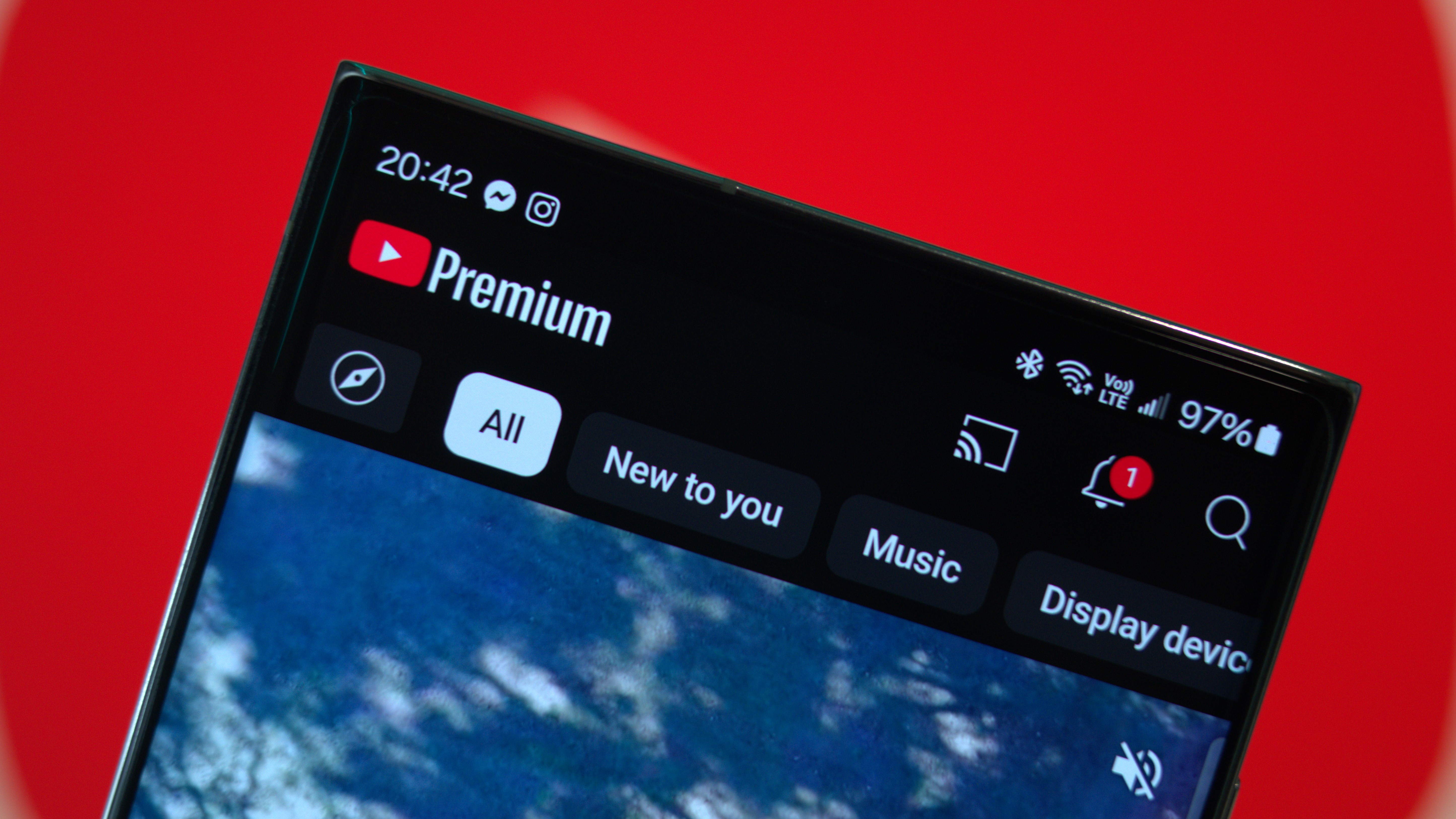Google Pixel Fold vs. Samsung Galaxy Z Fold 4: Is there a clear winner?
The Pixel Fold is finally here, but is the Galaxy Z Fold 4 still the best?
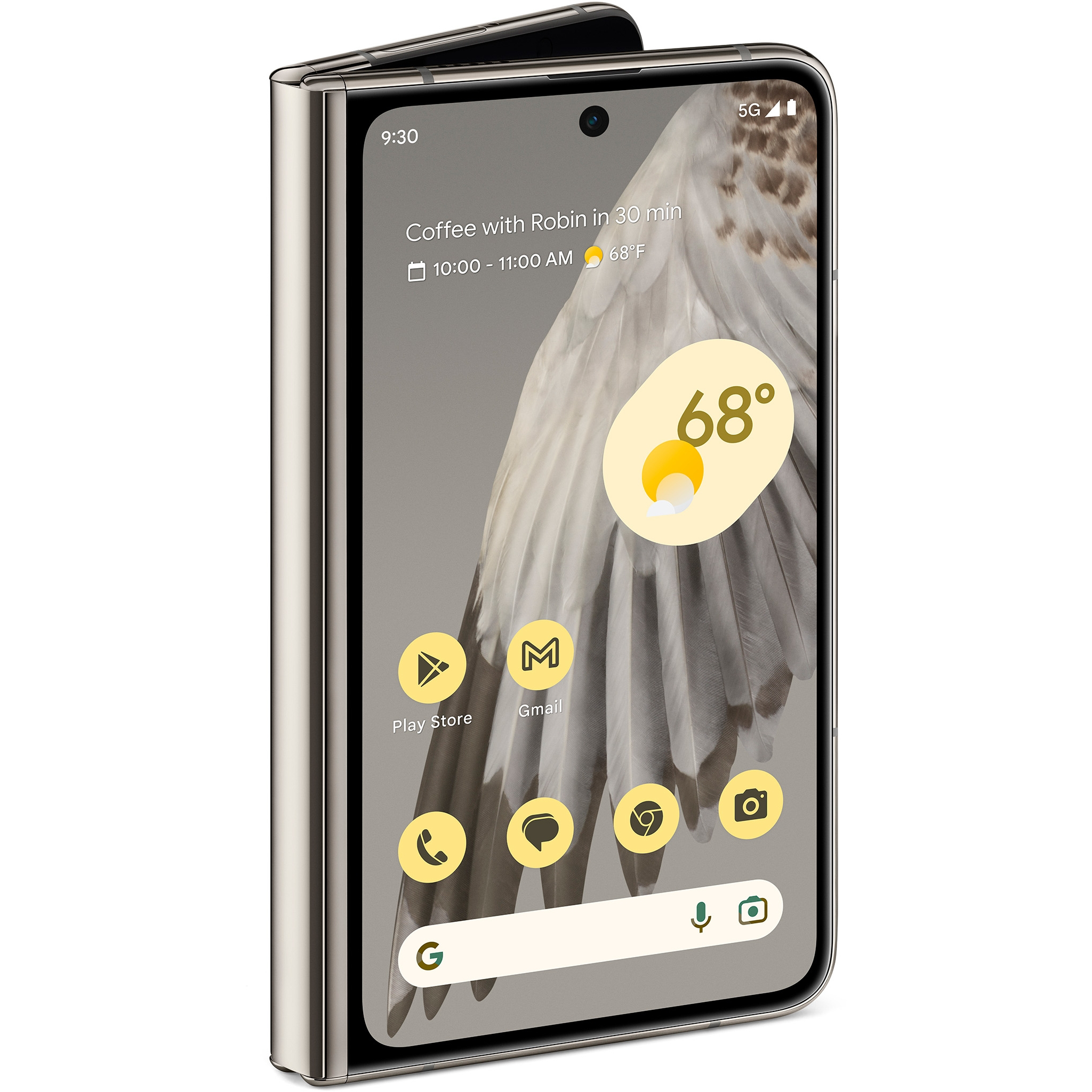
It's finally here
After years of waiting with bated breath, the Pixel Fold is finally here and it's the latest example of how Google is taking hardware seriously.
Pros
- More user-friendly cover screen
- Longer battery life
- Triple rear camera setup complete with 5x zoom
- Compatible with USI 2.0 stylus pens
- The teardrop hinge makes for a much-less visible crease
Cons
- Smaller, but heavier
- Expensive
- USI pen sold separately
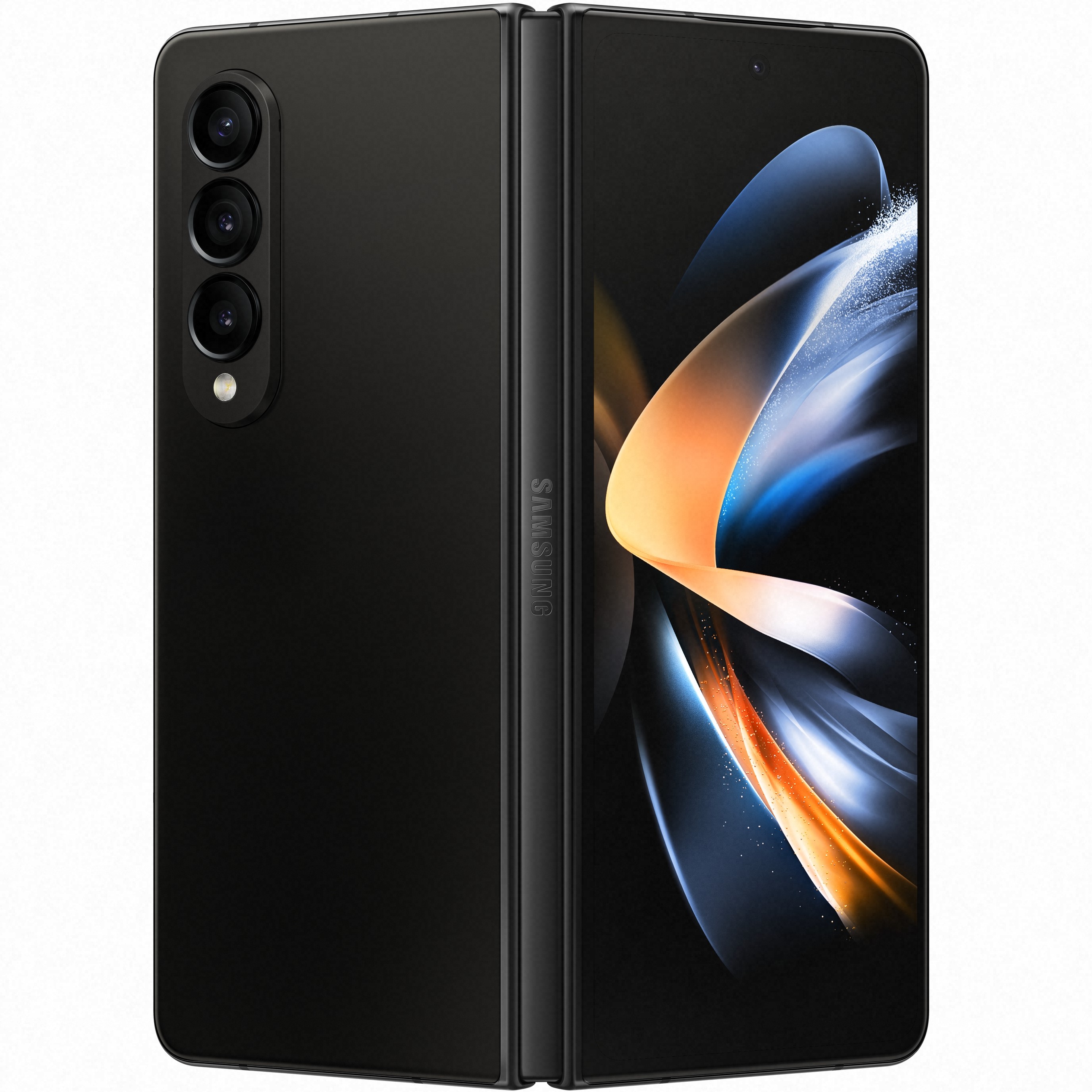
Setting the bar
While there are quirks and frustrations, the Galaxy Z Fold 4 remains the best foldable phone for the majority of the market.
Pros
- Plenty of software features tuned for foldable phones
- Samsung DeX turns your phone into a 3-in-1 device
- Features S Pen support on the inner display
- More powerful processor
- Ultra-thin bezels surround the inner display
Cons
- Expensive
- The inner crease is still noticeable
- Cover screen is too narrow for some
- S Pen sold separately
After a couple of years of dealing with rumors that would appear out of nowhere, Google has finally and officially unveiled its first foldable phone. This came as quite a surprise, given that the company is only a little over two years into its revamp of the Pixel lineup, powered by the Google Tensor series of chips.
For good reason, the first comparison you're probably going to think of is the Pixel Fold vs. Galaxy Z Fold 4. Considering Samsung's market dominance and the fact that Samsung was the only company to offer a foldable phone in the U.S., this comparison makes the most sense.
Samsung has been in the foldable game for a few years at this point, not only with its Galaxy Z Fold devices but also with the Galaxy Z Flip. On the surface, it would seem that Google has its work cut out, but let's dive a bit deeper to see if that's actually the case.
Google Pixel Fold vs. Samsung Galaxy Z Fold 4: A tale of two designs
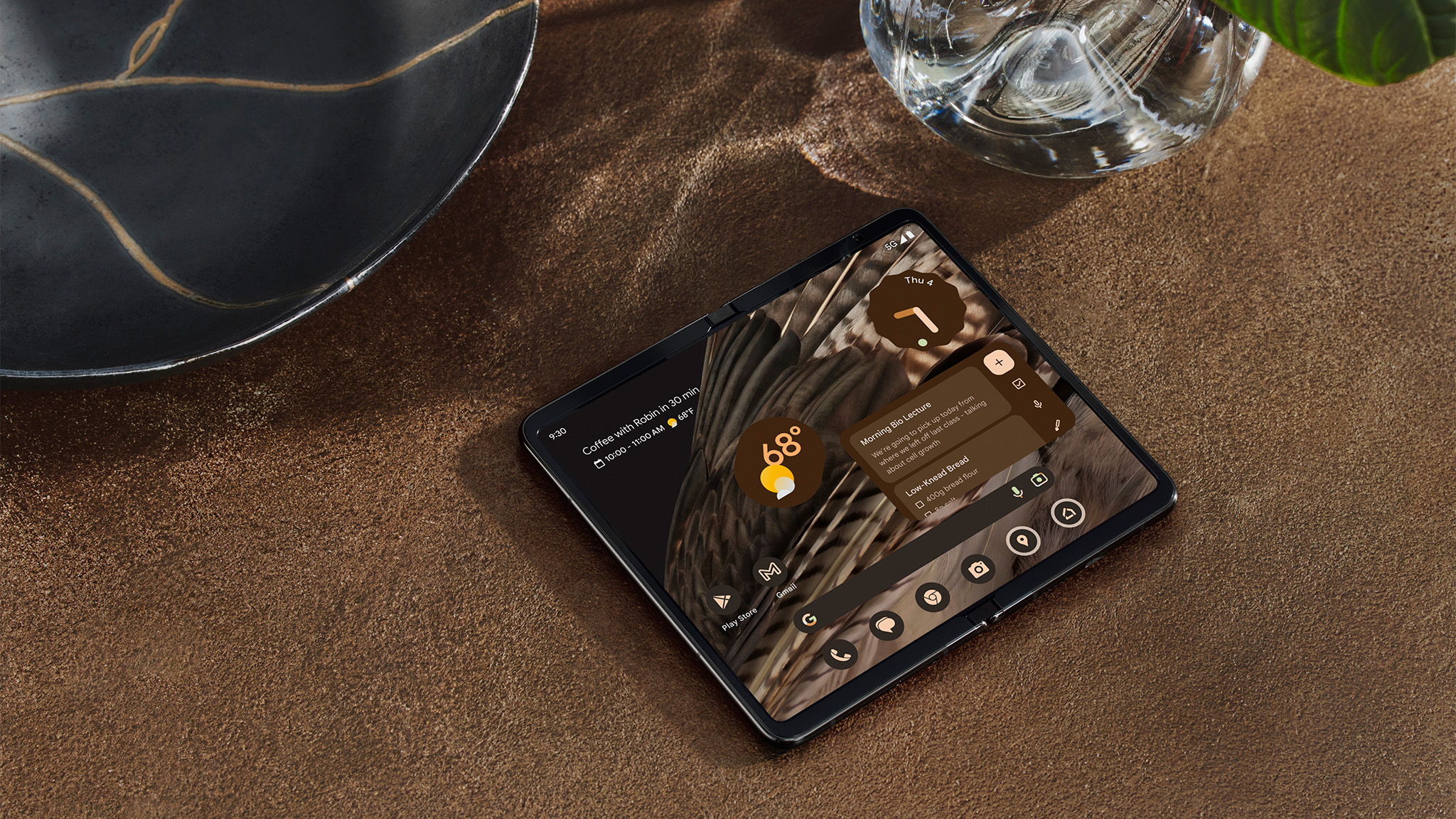
There's no chance that you would mistake either the Pixel Fold vs. Galaxy Z Fold 4 for the other if you were to just take a glance. Both of these phones have distinct designs, with the Pixel Fold's shorter and wider approach compared to the Z Fold 4's taller design.
The Pixel Fold features a 5.8-inch OLED cover display with a 17.4:9 aspect ratio, while the Z Fold 4 uses a taller 6.2-inch Dynamic AMOLED screen with a 23.1:9 aspect ratio. Many Z Fold 4 owners have complained that the tall and narrow Cover Screen is convenient for one-handed use but is cramped for pretty much anything else.
We would argue this gives the Pixel Fold an immediate leg up, as the cover display might be shorter, but it more closely resembles a traditional smartphone. And in a world where 6.7-inch displays have become the norm, this might just be the best way to enjoy a "small" Android phone.
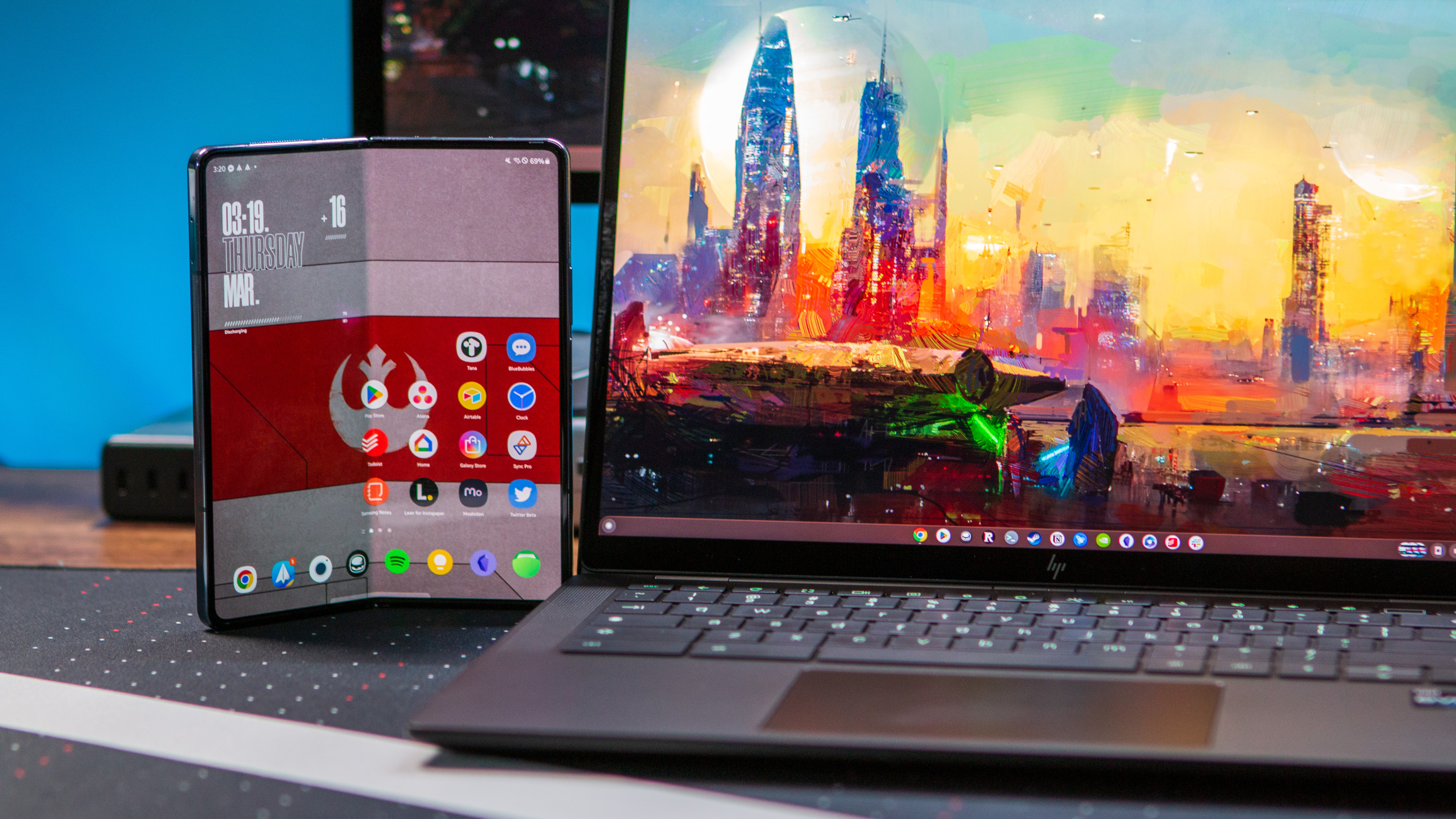
Regardless of which phone you're looking at, unfolding them presents a massive 7.6-inch screen, complete with a variable 120Hz refresh rate. But again, because of Google's decision to go with a shorter and wider cover screen, this results in a 6:5 aspect ratio on the inner display. On the other hand, the Z Fold 4 offers a 21.6:18 aspect ratio, which is great for most use cases but does get a bit awkward when it comes to watching videos or playing some games.
Get the latest news from Android Central, your trusted companion in the world of Android
Something else that you'll immediately notice when looking at the Pixel Fold vs. Galaxy Z Fold 4 inner displays are the bezels. If you're someone who can't stand the look of bezels, then the Galaxy Z Fold 4 is going to be the way to go.
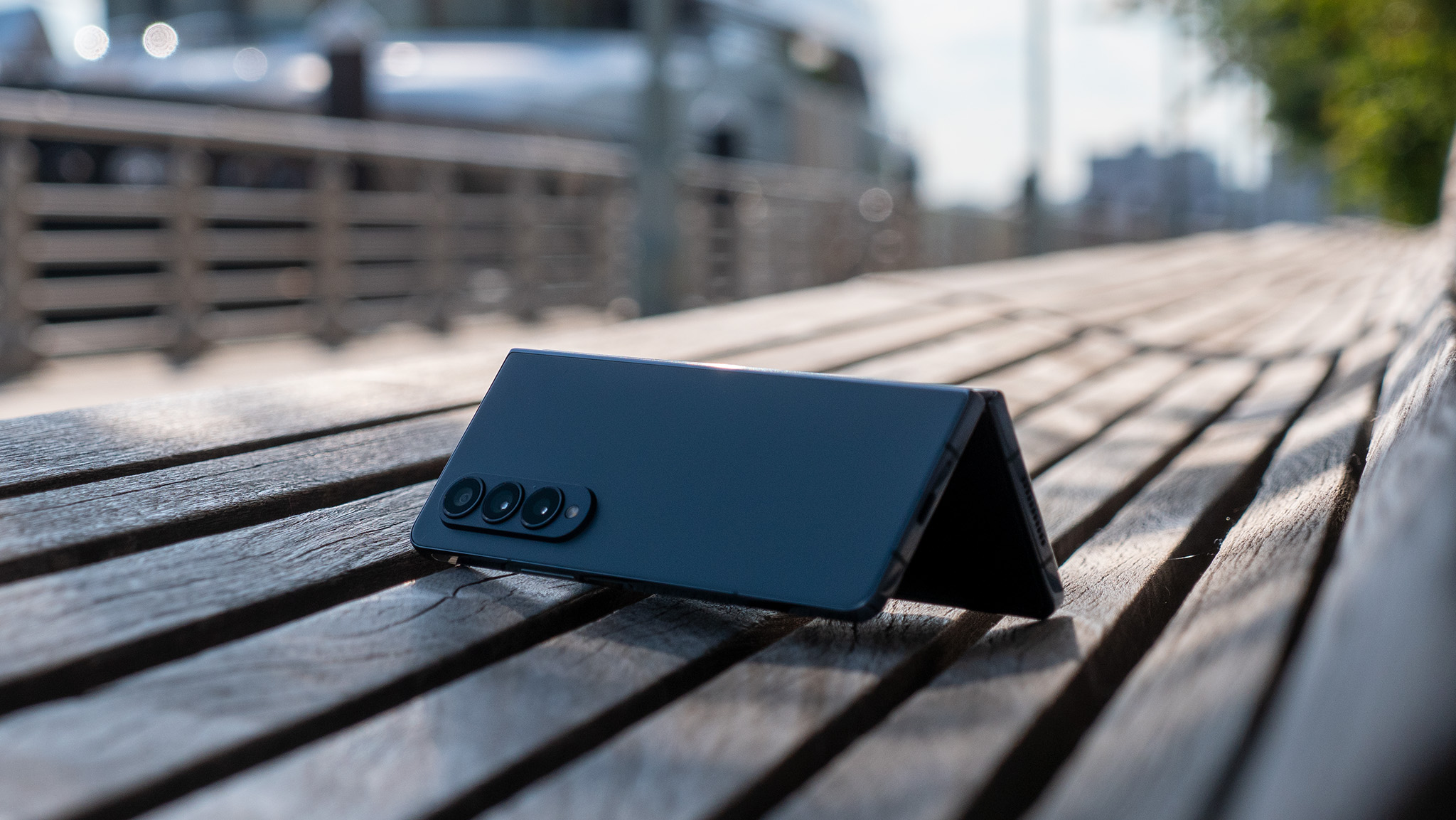
The Pixel Fold takes a different approach with its thicker bezels, actually giving your fingers somewhere to hold the device. When looking at the Pixel Fold in landscape mode, the bezels across the top and bottom are uniform, while the left and right bezels match each other.
One area where Google could gain an edge is in the actual hinge design, as the Pixel Fold utilizes a "water-drop" hinge. This allows the phone to be completely closed, removing any gap between the two sides of the screen. This should also provide an "invisible" crease when using the Pixel Fold and is something we've seen implemented in devices like the Oppo Find N2.
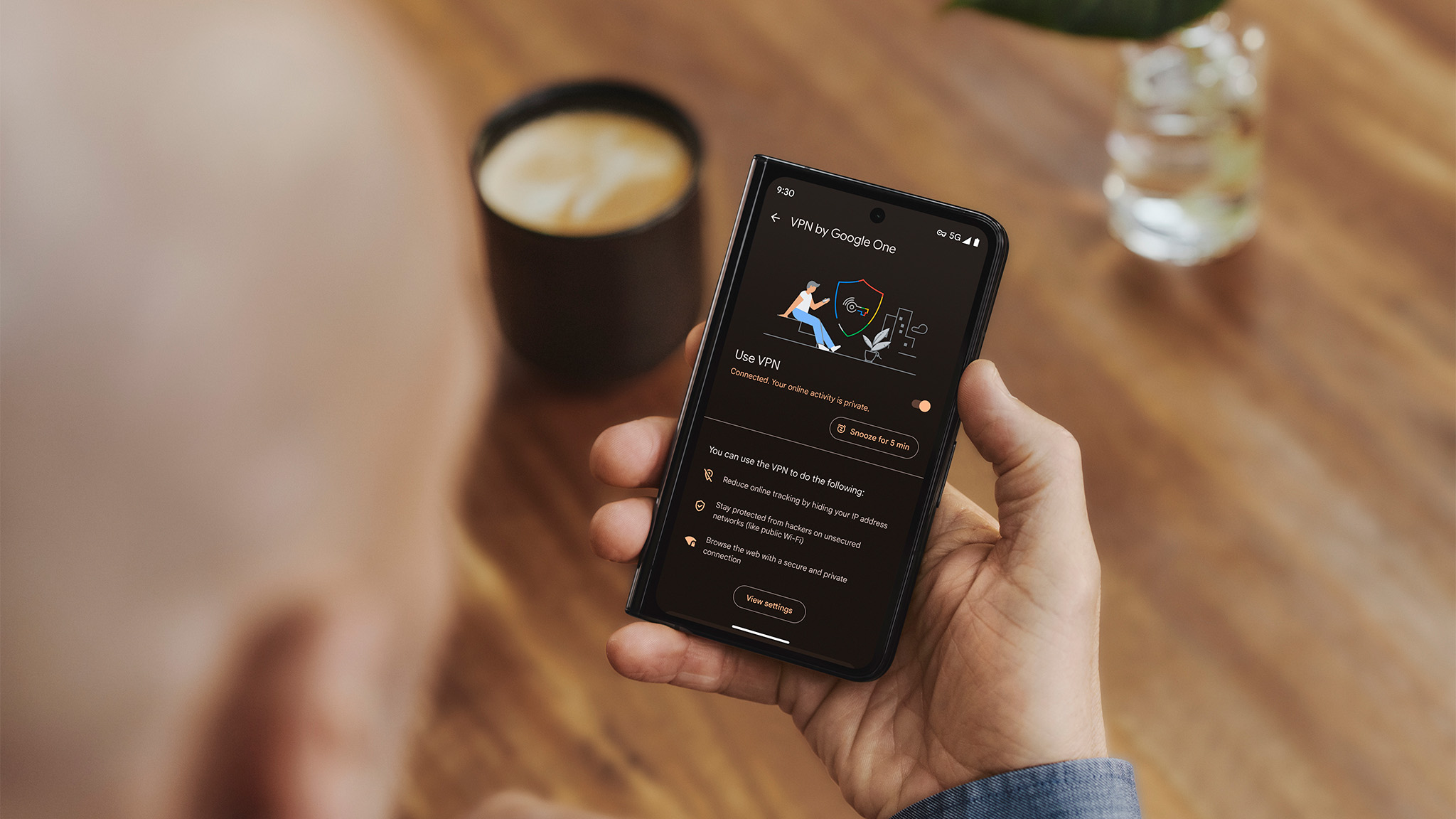
Samsung, on the other hand, still relies on the older hinge mechanism that eventually leaves quite an impressionable crease over time. Rumors suggest the Galaxy Z Fold 5 will adopt the water-drop hinge design, but we'll have to save that for another day.
The last factor you'll want to consider when comparing these devices is the size and weight. Even with the smaller cover screen and water-drop hinge, the Pixel Fold is 20g heavier than the Galaxy Z Fold 4 (283 grams vs 263 grams). This likely won't make or break your decision, but it's definitely worth pointing out.
Google Pixel Fold vs. Samsung Galaxy Z Fold 4: Specs and performance
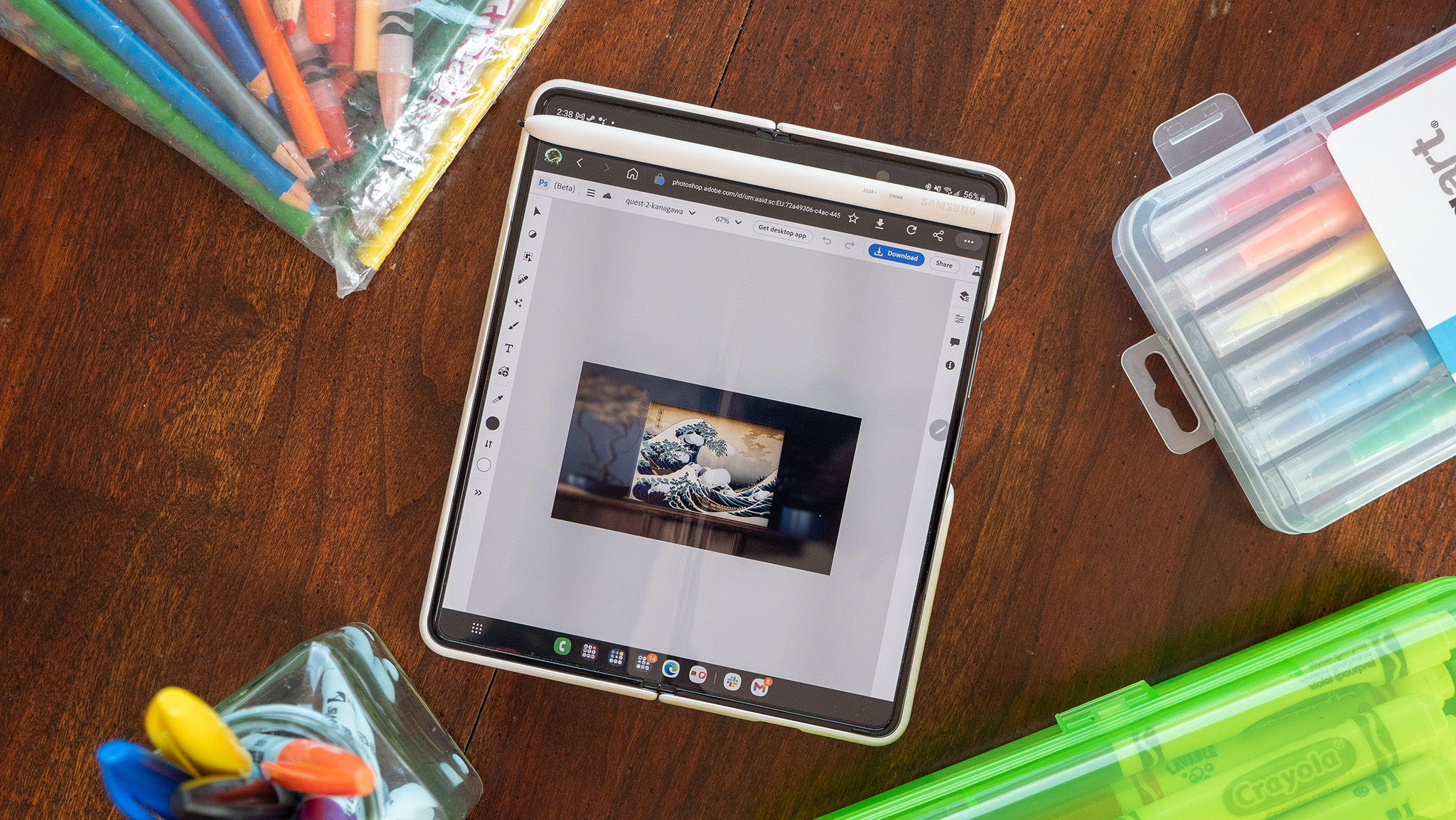
Moving onto the specs and performance, we're not going to dive too deep into the weeds, as the Pixel Fold is powered by the same Tensor G2 chip that's found in the Pixel 7 Pro. Meanwhile, the Galaxy Z Fold 4 is using the Snapdragon 8+ Gen 1 that first made its debut in Samsung's lineup via the Galaxy S22 series.
RAM and storage are mostly the same across the board, with both Google and Samsung offering 12GB of RAM and either 256GB or 512GB of storage. However, Samsung does gain an edge here as there's a 1TB option available for those who want it.
The similarities continue when you look at things like the fingerprint scanner, as it's embedded into the Power button on both the Pixel Fold and Z Fold 4. We're still waiting for the first dust-resistant foldable phone, but you'll enjoy IPX8 water resistance with either device.
| Category | Google Pixel Fold | Samsung Galaxy Z Fold 4 |
|---|---|---|
| Price (MSRP) | $1,799 | $1,799 |
| Software | Android 13 | Android 12, One UI 4.1 |
| Processor | Google Tensor G2 | Qualcomm Snapdragon 8+ Gen 1 |
| RAM | 12GB | 12GB |
| Storage | 256GB, 512GB | 256GB, 512GB, 1TB |
| Inner Display | 7.6-inch OLED, Up to 120Hz, 2208 x 1840, 6:5 | 7.6-inch Dynamic AMOLED 2x, LTPO (1-120Hz), 2176 x 1812, 21.6:18 |
| Cover Display | 5.8-inch OLED, Up to 120Hz, 2092 x 1080, 17.4:9 | 6.2-inch Dynamic AMOLED 2x, LTPO (48-120Hz), 2316 x 904, 23.1:9 |
| Protection | IPX8 water resistance | IPX8 water resistance |
| Security | Side-mounted fingerprint sensor, | Side-mounted fingerprint sensor |
| Rear Camera 1 | 48MP, ƒ/1.7, 0.8μm, 82-degree FoV (main camera) | 50MP, ƒ/1.8, 1.0μm, 85-degree FoV (main camera) |
| Rear Camera 2 | 10.8MP, ƒ/2.2, 1.25μm, 121.1-degree FoV (ultra-wide) | 12MP, ƒ/2.2, 1.12μm, 123-degree FoV (ultra-wide) |
| Rear Camera 3 | 10.8MP, ƒ/3.05, 1.25μm, 5x optical zoom | 10MP, ƒ/2.4, 1.10μm, 3x optical zoom |
| Inside Camera | 8MP, ƒ/2.0,1.22μm, 84-degree FoV | 4MP, ƒ/1.8, 2.0μm, 80-degree FoV |
| Cover Camera | 9.5MP, ƒ/2.2, 1.22μm, 84-degree FoV | 10MP, ƒ/2.2, 1.22μm, 80-degree FoV |
| Battery | 4,821mAh (dual 2,410mAh batteries) | 4,400mAh (dual 2,200mAh batteries) |
| Charging | 30W Fast charging, Qi wireless charging | 25W Fast Charging, 10W Wireless Charging, 4.5W Reverse Wireless Charging |
| Connectivity | 5G (sub-6, mmWave), Ultra-Wideband, Bluetooth 5.2, Wi-Fi 6/6E | 5G (sub-6, mmWave), Bluetooth 5.2, Wi-Fi 6/6E |
| Colors | Obsidian, Porcelain | Graygreen, Phantom Black, Beige, Burgundy (Samsung.com exclusive) |
| Dimensions (folded) | 139.7mm x 79.5mm x 12.1mm | 67.1 wide x 155.1 tall x 15.8mm thin |
| Dimensions (unfolded) | 139.7mm x 158.7mm x 5.8mm | 130.1 wide x 155.1 tall x 6.3mm thin |
| Weight | 283 grams | 263 grams |
| Audio | Stereo sound | Stereo sound |
Moving onto battery life, both of these devices utilize a dual-battery design, with the Galaxy Z Fold 4 comprised of dual 2,200mAh cells and the Pixel Fold using dual 2,410mAh cells. According to Google, this should mean that the Pixel Fold will be able to last for more than 24 hours, and can reach up to 72 hours with Extreme Battery Saver enabled.
The Galaxy Z Fold 3 suffered from major battery problems, so it was a surprise to see the Galaxy Z Fold 4 released with the same 4,400mAh cell. However, thanks to the Snapdragon 8+ Gen 1, battery life was improved, lasting for three hours longer than its predecessor. Suffice it to say, unless you're doing some heavy gaming, you're able to easily make it through a day with the Z Fold 4.
Google Pixel Fold vs. Samsung Galaxy Z Fold 4: Software
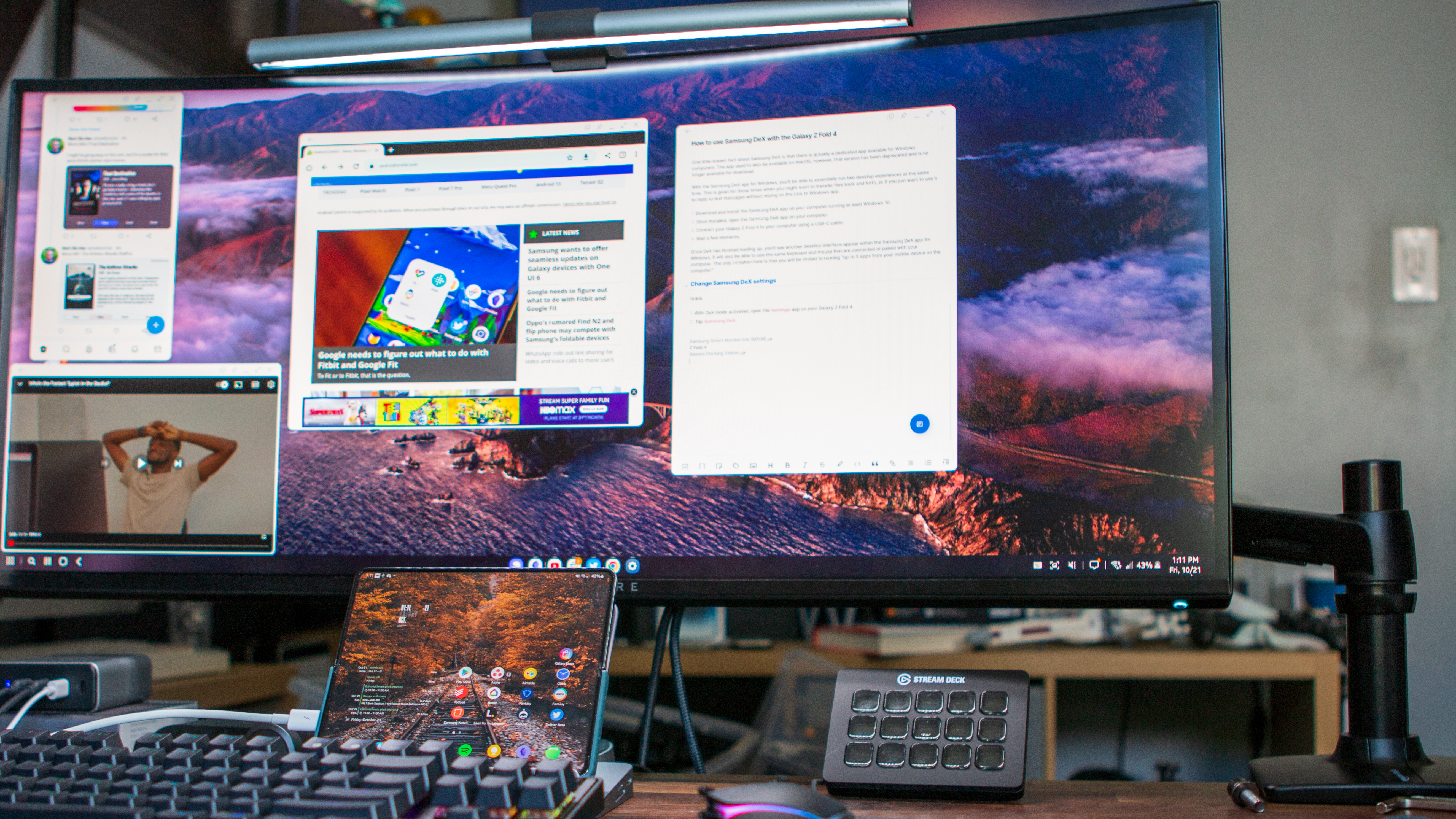
In an effort to better compete with Apple, more and more OEMs have been improving how long phones will be supported. While Google stopped short of promising too much, the company did confirm that the Pixel Fold will receive at least five years of "Pixel Updates."
This matches up with the five years of security updates that Samsung has promised for the Galaxy Z Fold 4. However, it remains unclear whether Google will also follow along when it comes to major OS updates. The Galaxy Z Fold 4 is set to receive four years of major Android updates, meaning that it will be updated with Android 16.
More importantly, because Samsung has been working on foldable phones for the better part of five years, this gives the company a tremendous advantage. One UI has been tweaked to support the different screen layouts made possible with a foldable phone. This includes things such as the various Samsung Labs toggles to force apps to work properly on the inner screen, or having your Cover Screen and Main Screen match up.
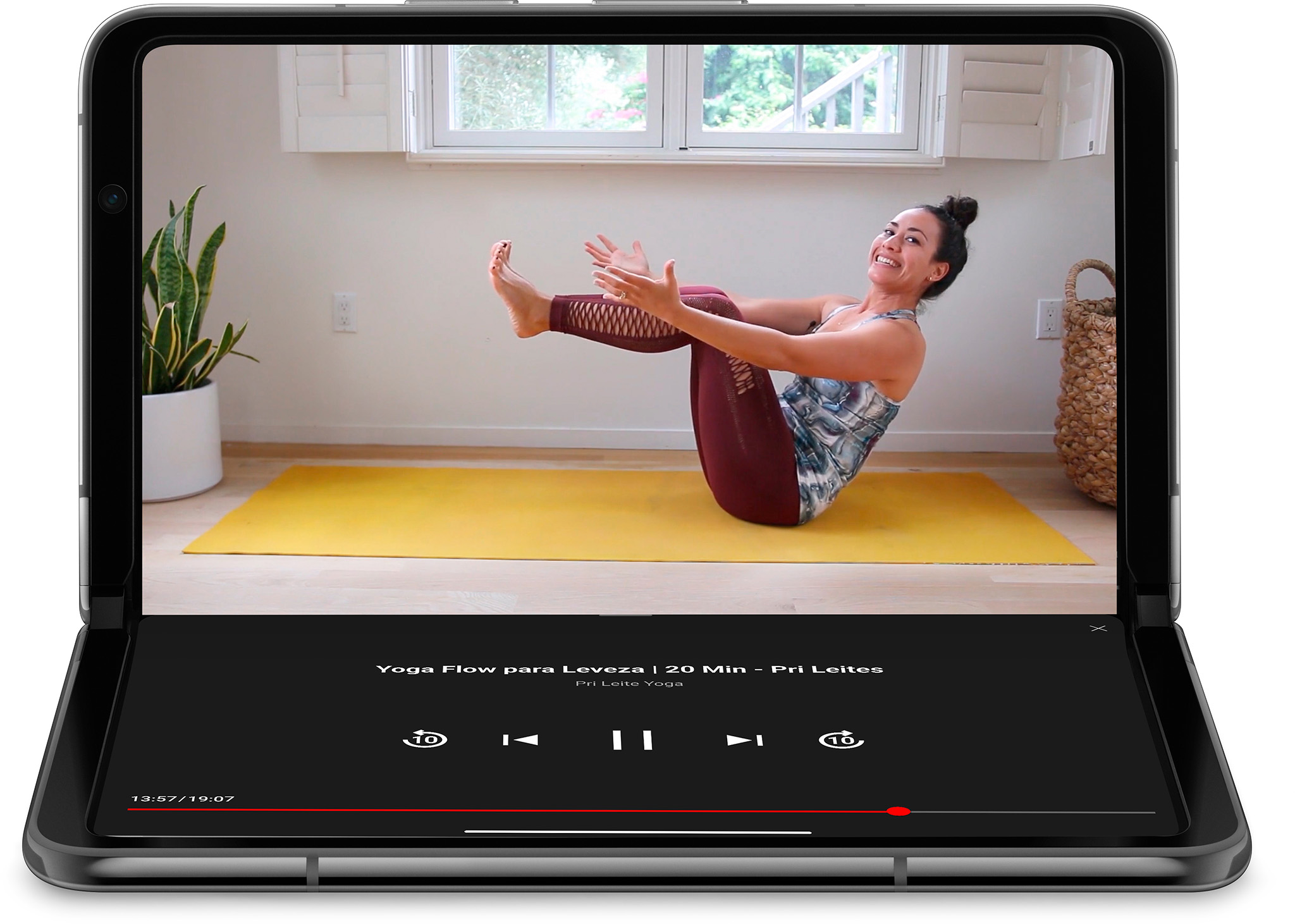
On one hand, the fact that Samsung and Google have been working so closely means that the Pixel Fold will benefit from the trials and tribulations suffered by Samsung's foldable phones. But what remains to be seen is how Google's version of Android will handle apps that haven't been properly updated with foldable phones or tablets. We're looking at you, Instagram.
That being said, Android 12L helped lay the groundwork for a better foldable experience. It includes separate columns within certain apps and UI elements, along with a taskbar for easier multitasking. With Adaptive design, this is part of what makes it easy to use apps side-by-side while being able to adjust the width of each app independently.
Google Pixel Fold vs. Samsung Galaxy Z Fold 4: Cameras
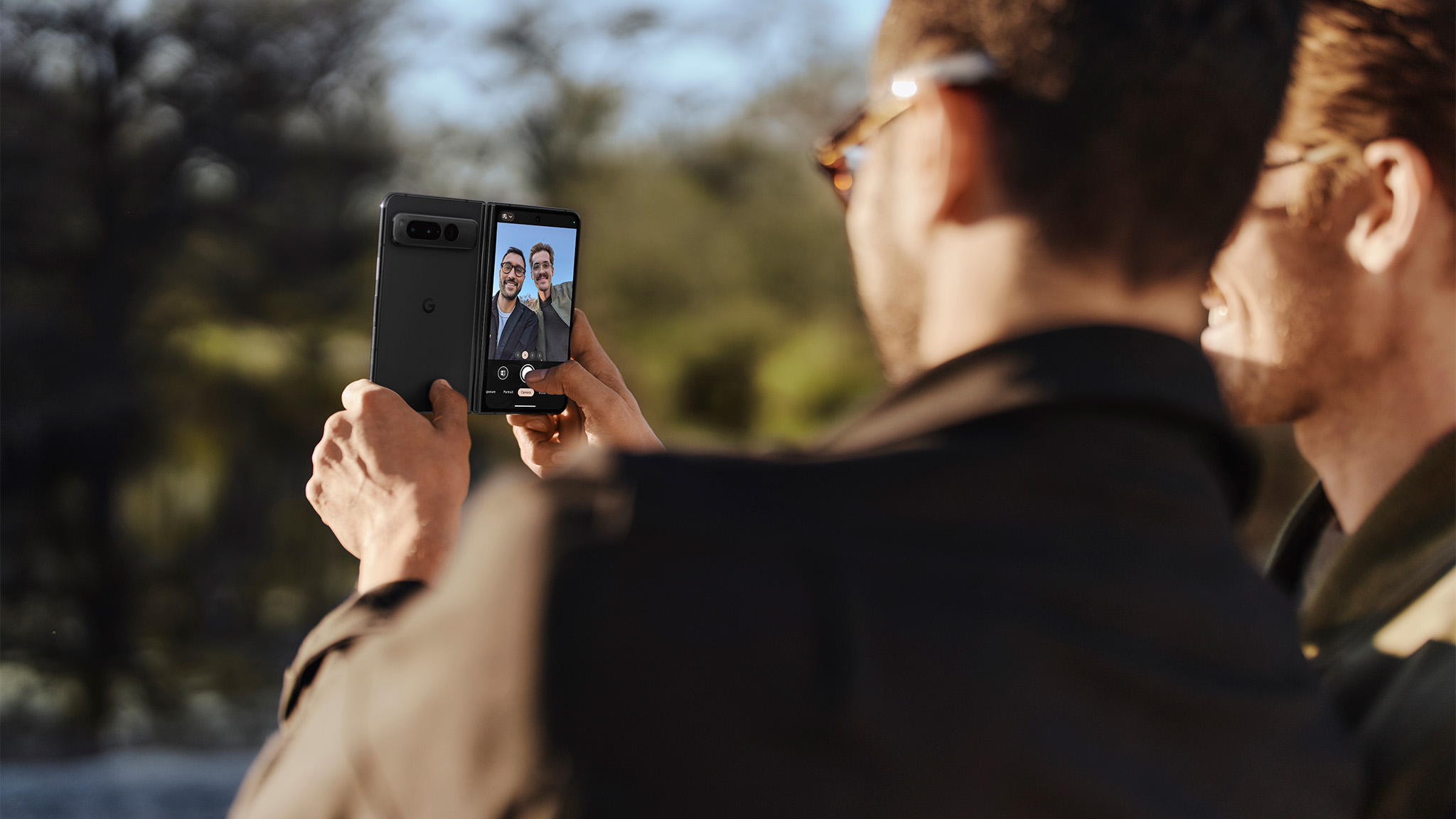
If there's one area where the Pixel Fold can potentially give the Galaxy Z Fold 4 its most devasting loss, it's the camera department. Both of these devices offer a triple rear-camera setup, along with a cover screen selfie and another selfie camera on the inner display.
The Pixel Fold is comprised of a 48MP wide-angle main lens, a 10.8MP ultrawide sensor with a 121.1-degree FoV, and a 10.8MP telephoto lens capable of providing a 5x optical zoom. The Galaxy Z Fold 4 makes use of a 50MP wide-angle main sensor, a 12MP ultrawide lens with a 123-degree FoV, and a 10MP telephoto camera with a 3x optical zoom.
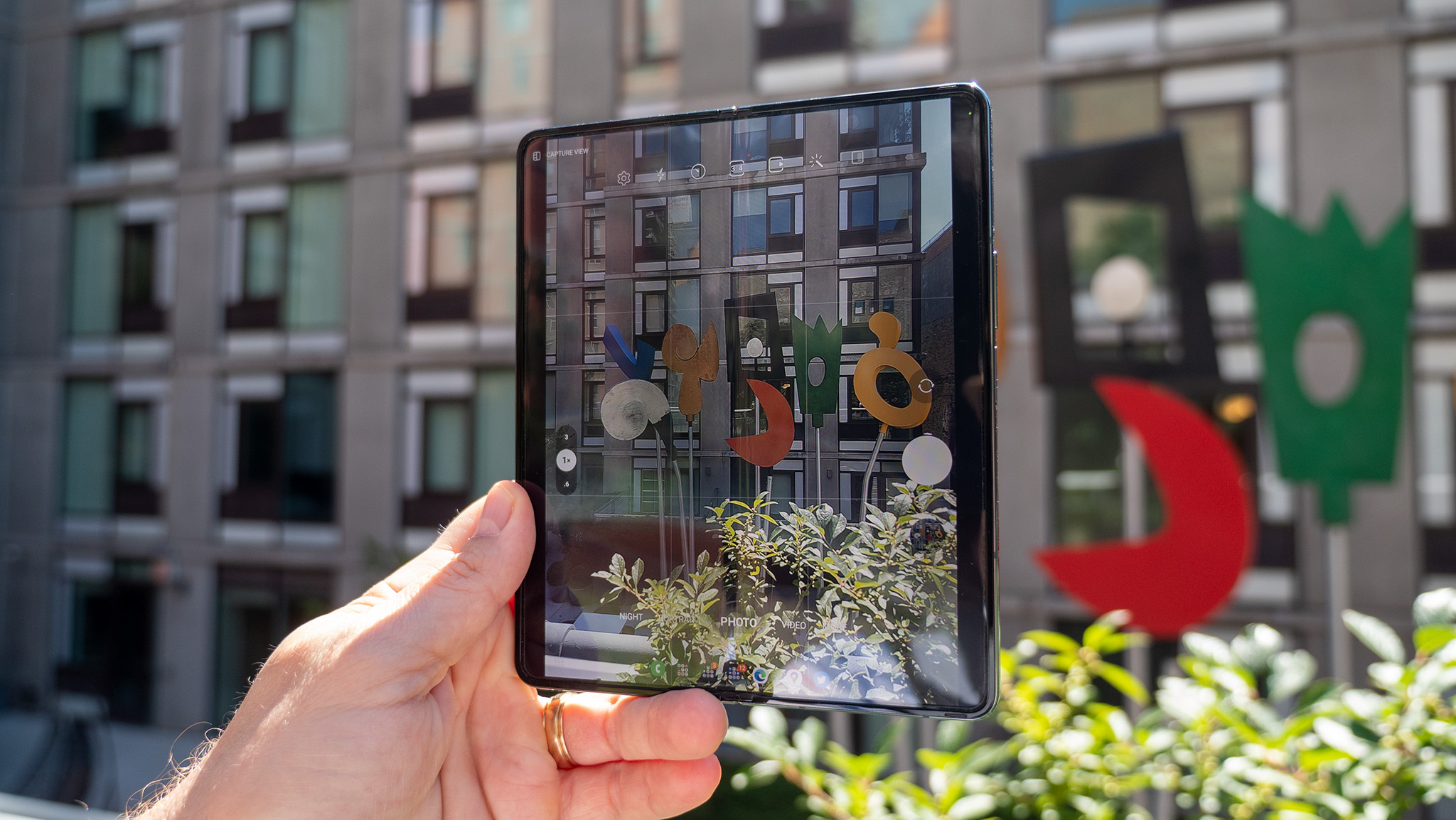
Thanks to the larger bezels on the main 7.6-inch screen, Google didn't need to try and reinvent the wheel, using a standard 8MP wide-angle selfie camera. Samsung, on the other hand, opted to use a 4MP under-display camera. The Fold 4 doesn't produce the worst shots in the world, but they definitely aren't the best and aren't likely used very often.
While Samsung might have the upper hand when it comes to the overall software experience on a foldable phone, the Pixel Fold will likely hold all the cards when it comes to cameras. At the end of the day, you're getting the Pixel experience, even if the sensors aren't the same as what you'll find on the Pixel 7 Pro.
Google's image processing is second to none, meaning that Pixel phones are still widely regarded as some of the best for still images. There's still work to do on Android when it comes to videography, but both Samsung and Google have been making strides in that department as well.
Google Pixel Fold vs. Samsung Galaxy Z Fold 4: Which should you buy?
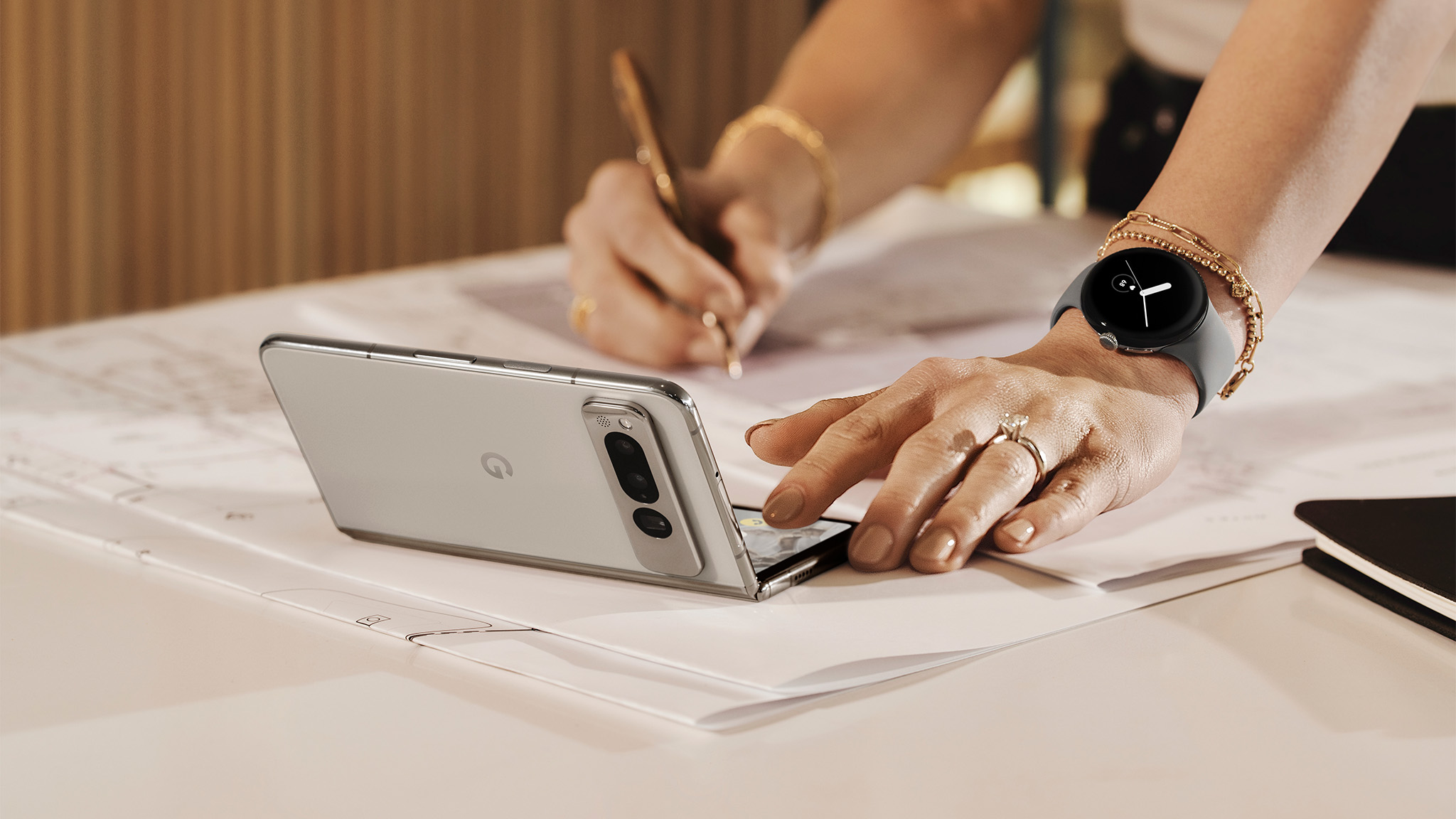
It's tough to say that you should immediately go and pick up the Pixel Fold right now, mainly because we haven't spent any time with the device just yet. That's expected to change as at least two of us here at Android Central will be getting one. But that's not to say that you shouldn't pick one up either.
Another factor worth considering is that the Galaxy Z Fold 5 is rumored to be launched sometime in July. This is earlier than expected, as Samsung has traditionally launched its foldable phones in August. Perhaps Google's announcement of the Pixel Fold forced Samsung's hand a bit, but there are still a couple of months to go.
Holding our feet to the fire, if we had to pick one, we would recommend the Pixel Fold. The Pixel Watch proved that Google can produce and release an excellent first-generation device, and we expect that trend to continue with the Pixel Fold.
Admittedly, you'll likely enjoy a smoother software experience with the Galaxy Z Fold 4. As we mentioned previously, this isn't Samsung's first rodeo, and the foldable experience has been tuned and improved over the years. Plus, there are built-in features and toggles to make apps (and your phone) work the way that you want.
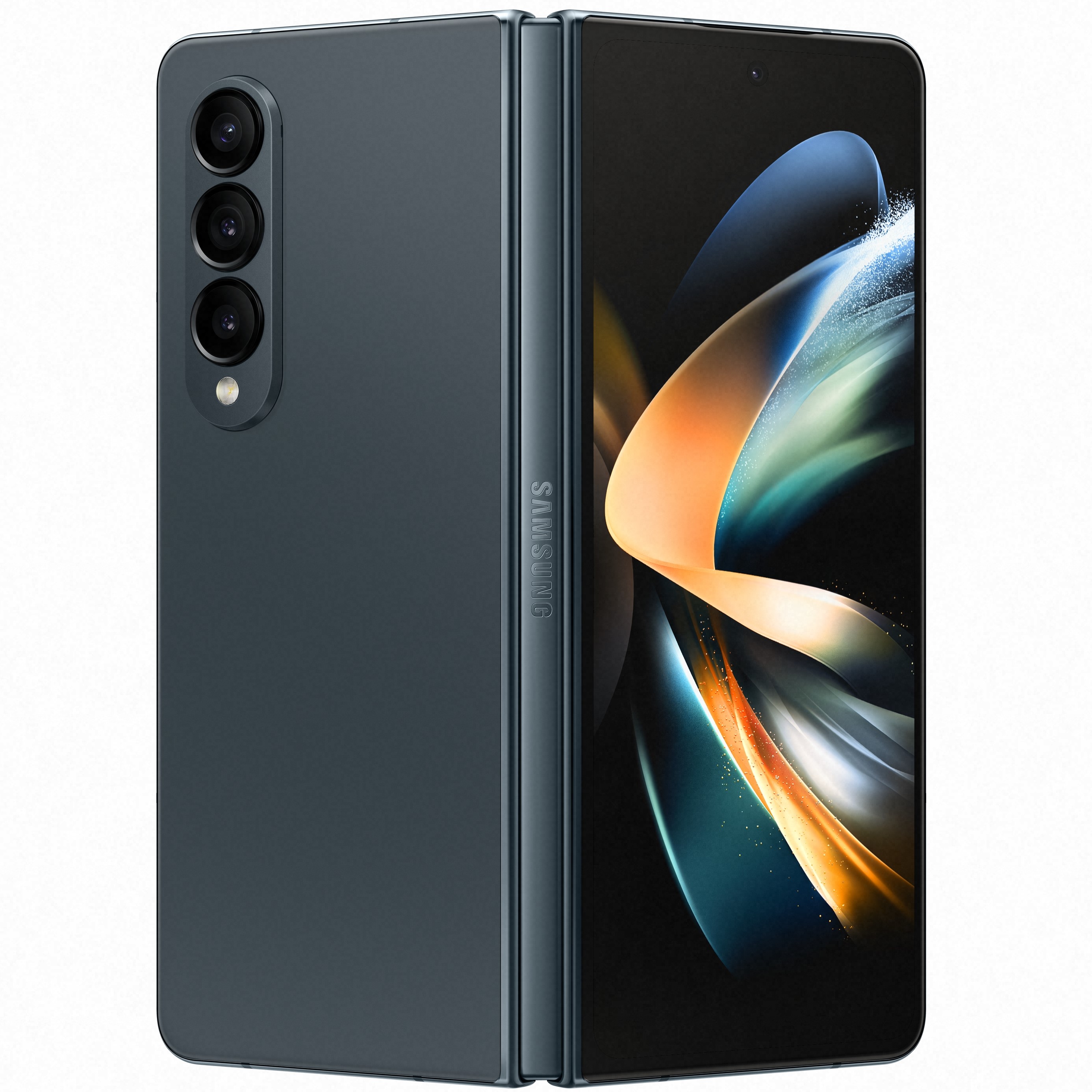
Polished experience
Samsung has been making and releasing foldable phones for years, giving the company a leg up on the rest of the market. And while it might not be perfect, the Galaxy Z Fold 4 is still an absolutely incredible smartphone.

Andrew Myrick is a Senior Editor at Android Central. He enjoys everything to do with technology, including tablets, smartphones, and everything in between. Perhaps his favorite past-time is collecting different headphones, even if they all end up in the same drawer.
